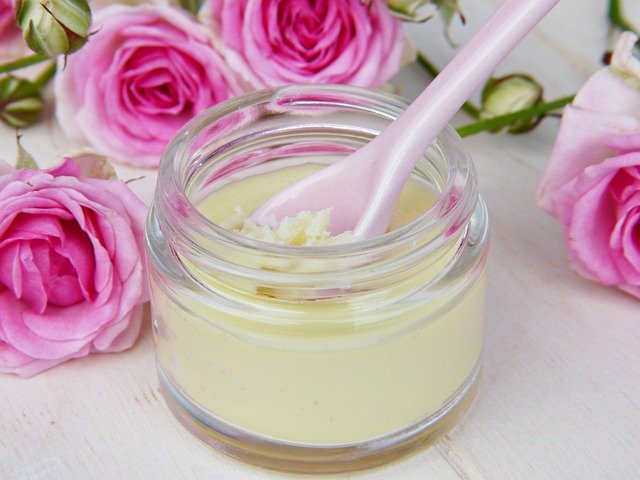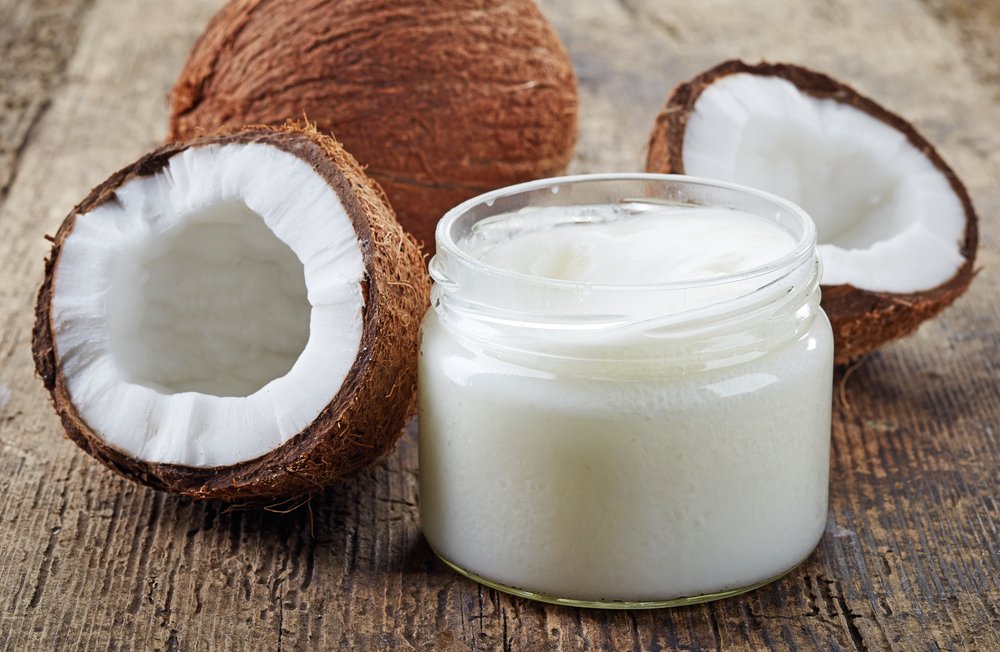Temperatures for Soap Making
When I first started to make soap, I used to get in a real panic about getting my temperatures right. This is totally normal when you are new to soap making and especially true if you read lots of conflicting information about the subject.
After reading lots about soap making, at the time I thought (incorrectly) that the oil and the lye temperatures needed to be exactly the same before mixing them together. Reaching the same temperatures almost always never happens and if it does on the rare occasion it is completely by chance.
What Temperature Should you aim for When Making Soap?
I have always made my soap at a temperature range of between 90°F and 110°F. The equivalent in Celsius is between 32°C and 43°C.
Just so you know, I am old school and I always use Fahrenheit for my soap making. And Fahrenheit is also used by our American friends. Celsius is the most common temperature scale in the world and so I will try to give both temperatures as my readers are global.
Cool temperature (no pun intended) factoid: Centigrade is the old-fashioned name for Celsius.
Do temperatures really matter in soap making?
And is there such a thing as temperatures being too hot or too cold?
I found out about my temperatures being too hot in my early soap making days. I was being impatient one day and I decided not to wait for my temperatures to cool. What difference does it make I thought. And so, I mixed my freshly prepared lye straight into my heated oils and blended them to trace as usual. After pouring into my mould, my soap seemed to be fine. Until the next day. It had cracked down the middle where an oily slick resided between both sides of the soap which were firm. I never made the same mistake again and scolded myself for being impatient. I did try to salvage my soap by rebatching it but that is the subject of another blog.
What about on the other end of the scale if your temperatures are too cold? If you soap at a temperature that is too cold, then your melted hard oils (such as coconut oil) may return to their solid state before they are fully emulsified with your lye solution. This is known as false trace.
Having said whether your temperatures can be too hot or too cold this ultimately depends on the ingredients in the recipe – the amount of hard vs soft oils. For example, if you are making a soap where olive oil is the only ingredient i.e. castile soap, you won’t risk creating a false trace, but it will take much longer to reach trace at lower temperatures.
And you should be aware that if you soap at higher temperatures, thick trace will be reached more quickly which can be useful in some scenarios e.g. if you want to create a layered soap.
There are a few other advantages to soaping at higher temperatures. It may reduce the chances of soda ash forming on the surface of your soap and it can ensure that your whole soap gels throughout which can enhance any natural colours that you add.
And soaping with cooler temperatures (aim for 100°F / 38°C or below) is helpful when you want to slow down trace as it gives you the time you need to create beautiful designs such as swirls.
Some soap makers use something called the heat transfer method, which involves using the heat from the lye to melt the oils and butters instead of using a heat source. This only works if you have a high level of soft oils in your recipe. I have tried this method once with a recipe that included around 40% hard oils and it didn’t work as there wasn’t enough heat to melt the solids completely and I was left with chunks of shea butter floating around in my mixture.
Good to Know - Melting points for common soap making butters and oils:
Cocoa butter has a melting point of 93°F or 34°C
Coconut oil has a melting point of 76°F or 24°C
Mango butter has a melting point of 86°F or 30°C
Palm oil has a melting point of 96°F or 36°C
Shea butter has a melting point of 84°F or 29°C
My Top Tips
Invest in digital laser thermometer which makes life so much easier. I started out using a jam type thermometer and it was a case of dipping and wiping each time which can be a bit messy.
To prevent your oil temperatures from getting too hot melt your solid oils first and then add your liquid oils to the melted oils which will aid in the cooling process.
Aim for your oil and lye temperatures to be around 100°F or 38°C to prevent false trace in most recipes.
Keep temperatures below 120°F or 49°C to avoid acceleration of trace.
Happy soap making everyone!
Please let me know if you have any questions or if you would like to book onto one of my soap making classes please click the button below.






